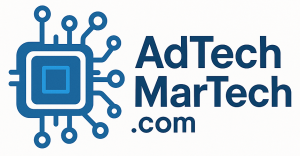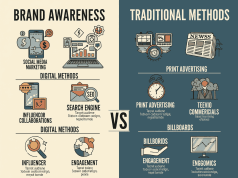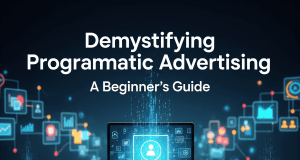In today’s digital landscape, effective advertising is more critical than ever for driving business growth. With countless platforms and formats available, managing ad campaigns can quickly become overwhelming. This is where ad campaign management software plays a vital role. It streamlines processes, maximizes reach, and optimizes performance, but to truly harness its power, following best practices is essential. Here’s a comprehensive guide to using ad campaign management software effectively.
1. Define Clear Goals
Before diving into ad campaign management, it’s crucial to establish clear objectives. Whether it’s increasing brand awareness, generating leads, or driving sales, your goals will dictate your strategy and the tools you’ll employ. Use the SMART (Specific, Measurable, Achievable, Relevant, Time-bound) criteria to frame your goals, which will align your efforts and facilitate measurement later on.
2. Choose the Right Software
With numerous ad management software options available, selecting the right tool is foundational to success. Consider factors such as:
- User Interface: Look for an intuitive design that simplifies navigation.
- Integration Capabilities: Ensure the software can integrate with your existing platforms (CRM, analytics tools, etc.).
- Feature Set: Prioritize features like multi-channel management, reporting, and automation capabilities.
- Scalability: Opt for software that can grow with your business needs.
3. Segment Your Audiences
Segmentation is critical for effective targeted advertising. Use your software to segment audiences based on demographics, behaviors, interests, and past interactions. Tailored messaging and offers will resonate better with each group, increasing engagement and conversion rates.
4. Leverage Automation
One of the most significant advantages of ad campaign management software is automation. Automate repetitive tasks such as:
- Ad placements across channels.
- Bid management for optimized cost-per-click (CPC) settings.
- Performance reporting, enabling you to focus on strategy rather than data compilation.
Automation not only saves time but also ensures that your campaigns are continually optimized according to real-time data.
5. Monitor Performance Metrics
Regularly track key performance indicators (KPIs) to gauge the success of your campaigns. Metrics such as click-through rates (CTR), conversion rates, ROI, and customer acquisition costs can provide invaluable insights. Utilize the reporting functionalities of your software to analyze these metrics and make informed adjustments to your strategies.
6. A/B Testing
Experimentation is vital in advertising. Use your software’s A/B testing features to compare different versions of your ads. Testing headlines, images, or calls-to-action can reveal what resonates most with your audience, helping you optimize future campaigns.
7. Stay Updated with Trends
Digital marketing evolves rapidly. Ensure that your team is continuously educated on industry trends, platform updates, and emerging technologies. The best software often comes with regular updates and new features; staying informed can help you leverage them effectively.
8. Collaborate and Share Insights
Encourage collaboration among your team members. Many ad campaign management platforms offer collaborative tools for sharing insights, performance reports, and strategy updates. Foster an environment where team members can provide feedback and ideas, leading to more comprehensive campaigns.
9. Optimize for Mobile
With an increasing number of users shifting to mobile devices, ensure your ads are optimized for mobile viewing. This includes responsive ad designs and tailored messaging. Many ad management software solutions provide options for mobile-specific campaigns, which can help enhance engagement metrics significantly.
10. Review and Adjust Regularly
Finally, ad campaigns are not set-and-forget. Regular reviews and adjustments based on performance data are crucial. Use insights gleaned from your software to refine audience targeting, adjust budgets, and tweak messaging. Continual optimization is the key to sustained success.
Conclusion
Ad campaign management software can significantly enhance your advertising efforts when used effectively. By following these best practices—setting clear goals, choosing the right tool, leveraging automation, and continuously optimizing—you can streamline your processes and drive better results. Embrace the technology at your disposal, and watch your advertising efforts flourish.









